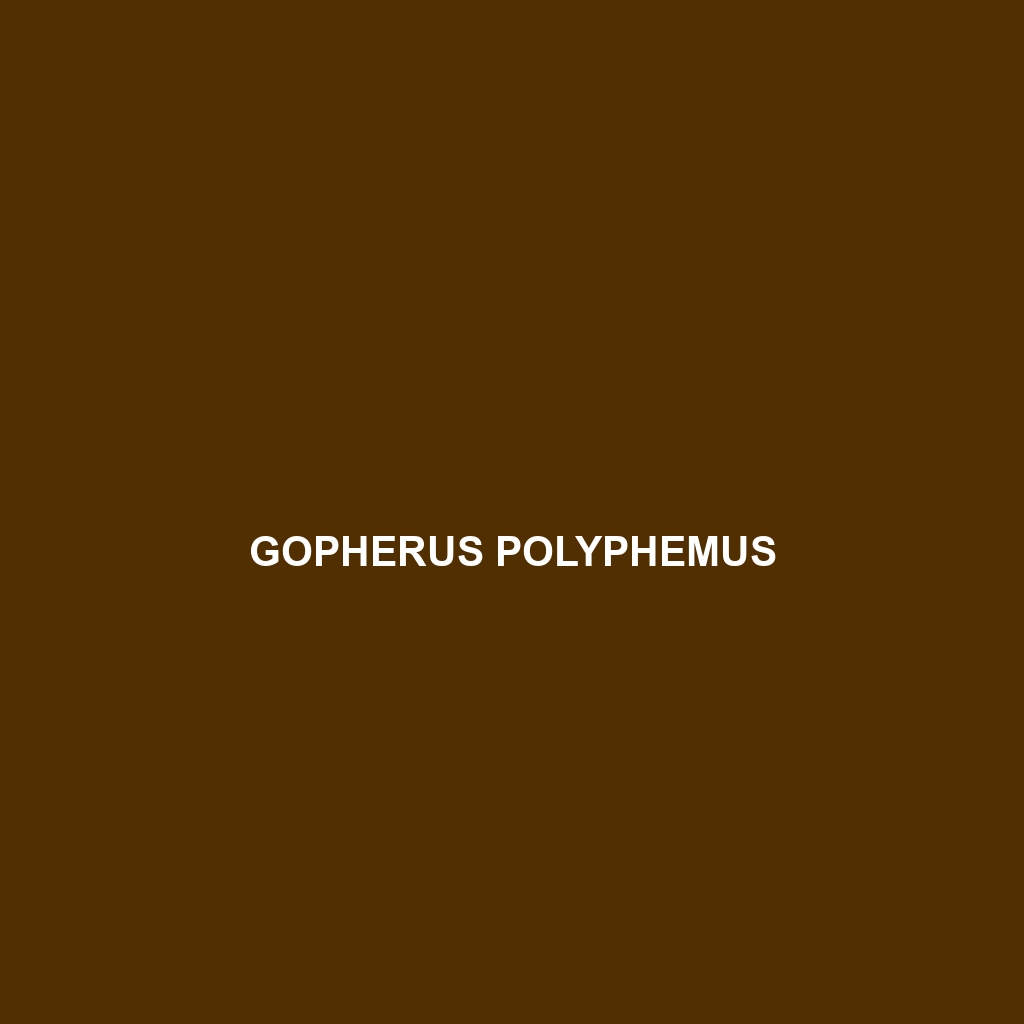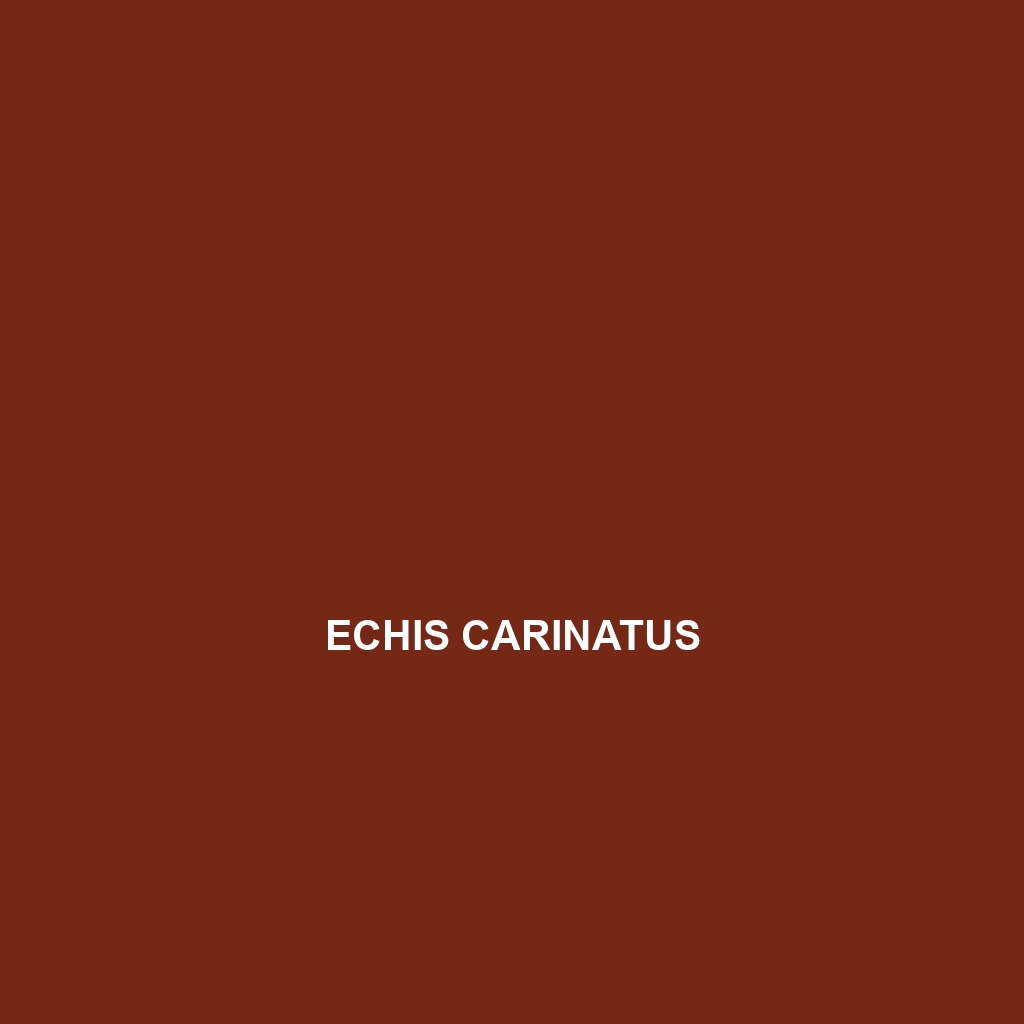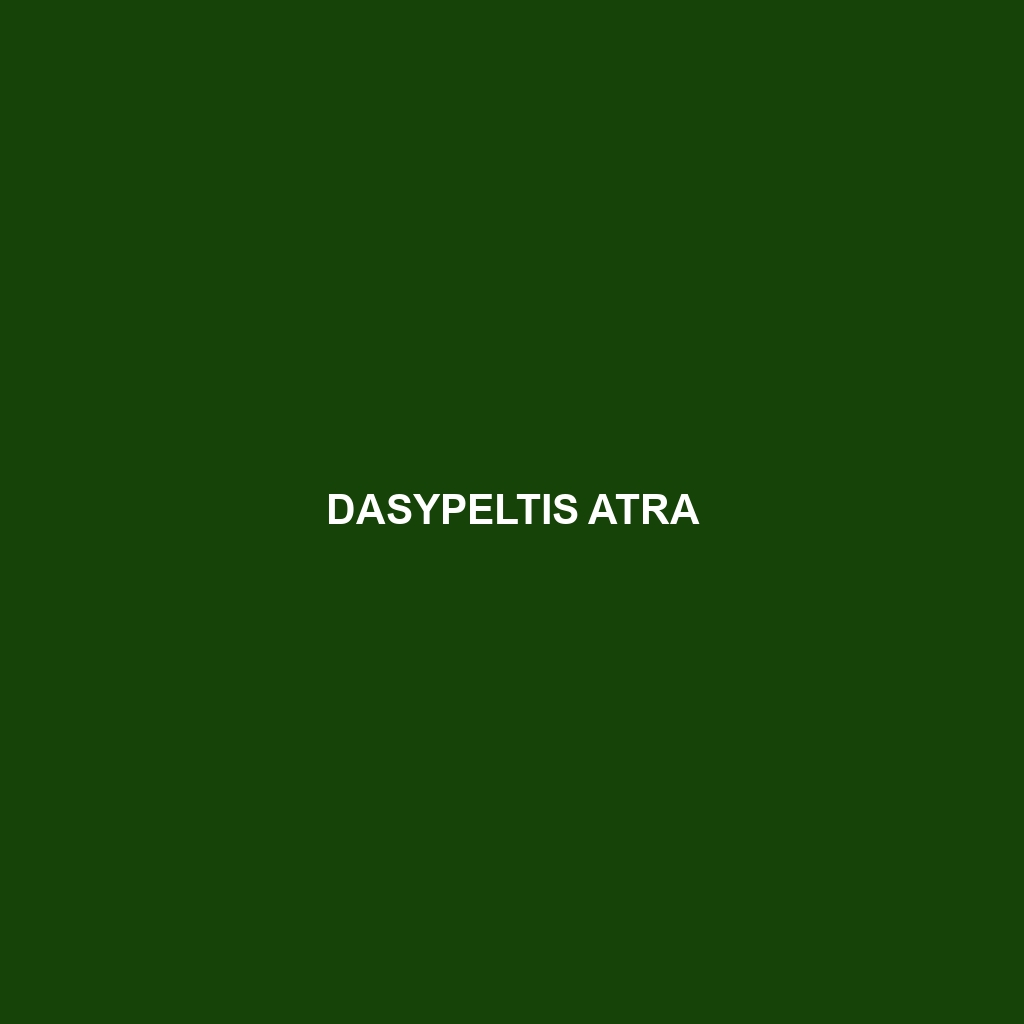Liopholis multiscutata, commonly known as the multi-scaled skink, is a vibrant, elongated lizard native to eastern Australia, thriving in diverse habitats such as rainforests and savannas. This diurnal insectivore exhibits remarkable adaptations, including a color-changing ability for camouflage and tail regeneration, playing a vital role in controlling insect populations and maintaining ecosystem balance.
Tag: nature education
Heterodon platirhinos
<p>Discover the <b>Eastern Hog-nosed Snake</b> (<i>Heterodon platirhinos</i>), a fascinating non-venomous species known for its unique burrowing habits and dramatic defensive behaviors. Found in temperate forests and sandy grasslands across North America, this adaptable snake plays a crucial role in controlling local amphibian populations while exhibiting remarkable mimicry skills to deter predators.</p>
Hemorrhois nummifer
Discover the <b>Hemorrhois nummifer</b>, or nummifer snake, a diurnal predator native to the Mediterranean region, known for its slender body, captivating camouflage, and role in controlling small mammal populations. This ovoviviparous species thrives in warm, dry habitats and exhibits unique hunting strategies, making it a fascinating addition to any reptile enthusiast's collection.
Hemidactylus stejnegeri
<b>Hemidactylus stejnegeri</b>, or Stejneger's House Gecko, is a nocturnal insectivore found in tropical and urban habitats across Southeast Asia, known for its striking large eyes, adhesive toe pads, and remarkable climbing ability. Typically measuring 10 to 15 cm, this adaptable species plays a key role in controlling insect populations while displaying unique social behaviors and vocalizations.
Gopherus polyphemus
<p><b>Gopherus polyphemus</b>, commonly known as the gopher tortoise, is a threatened species native to the southeastern United States, recognized for its robust shell, burrowing habits, and integral role in promoting biodiversity within its ecosystem. These herbivorous tortoises have a lifespan of over 40 years and contribute significantly to soil health and habitat stability by creating extensive burrows that shelter numerous other species.</p>
Gekko scientiadventura
<p>Discover the <b>Gekko scientiadventura</b>, a vibrant and adaptable gecko native to tropical regions of Southeast Asia, featuring a slender body and large adhesive toe pads for climbing. This nocturnal insectivore plays a crucial role in its ecosystem, helping maintain insect populations while showcasing unique mating rituals and tail regeneration abilities.</p>
Eirenis coronelloides
Discover the fascinating Eirenis coronelloides, a slender, nocturnal snake that thrives in Mediterranean habitats, with a distinct coloration of browns and creams, feeding primarily on insects. This species boasts intriguing behavioral patterns and plays a crucial role in maintaining ecological balance by regulating insect populations.
Echis carinatus
Echis carinatus, commonly known as Russell's Viper, is a primarily nocturnal snake found in South Asia, recognizable by its robust triangular head and distinct brown or gray coloration with darker blotches. Measuring 1 to 1.5 meters in length, this carnivorous predator plays a crucial role in controlling rodent populations while being one of the region's most dangerous snakes due to its potent venom.
Dolichophis andreanus
Discover the captivating Dolichophis andreanus, commonly known as the Eastern Rat Snake, a slender, diurnal predator native to Eastern Europe, thriving in temperate forests with a diverse diet of small mammals and birds. This impressive snake can grow up to 2.5 meters and plays a crucial role in maintaining ecological balance by controlling rodent populations.
Dasypeltis atra
Dasypeltis atra, commonly known as the Black Egg-Eating Snake, is a slender, nocturnal serpent found in the savannas and grasslands of sub-Saharan Africa. Specializing in consuming bird eggs, it can grow up to 1 meter long and plays a vital role in regulating bird populations within its ecosystem.









